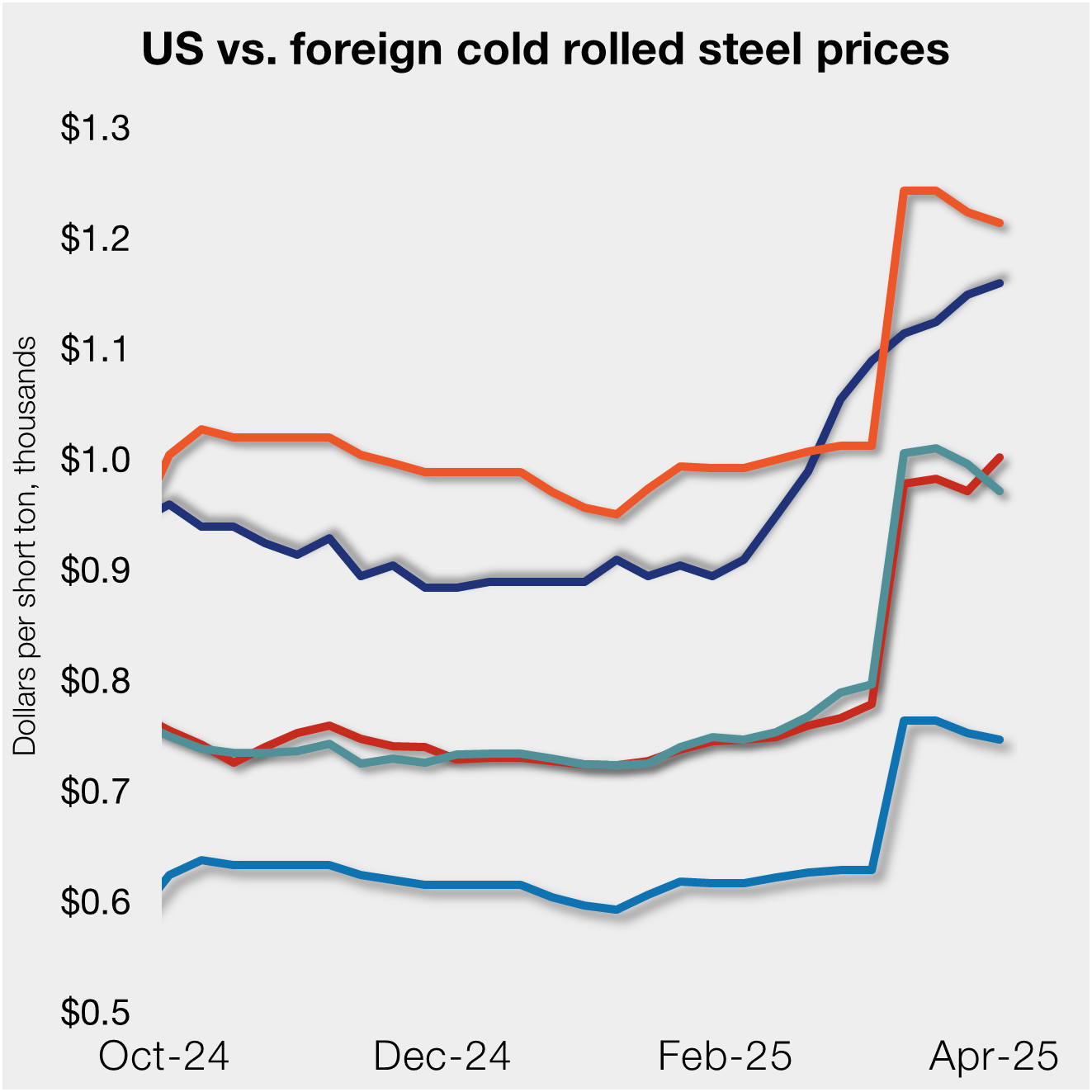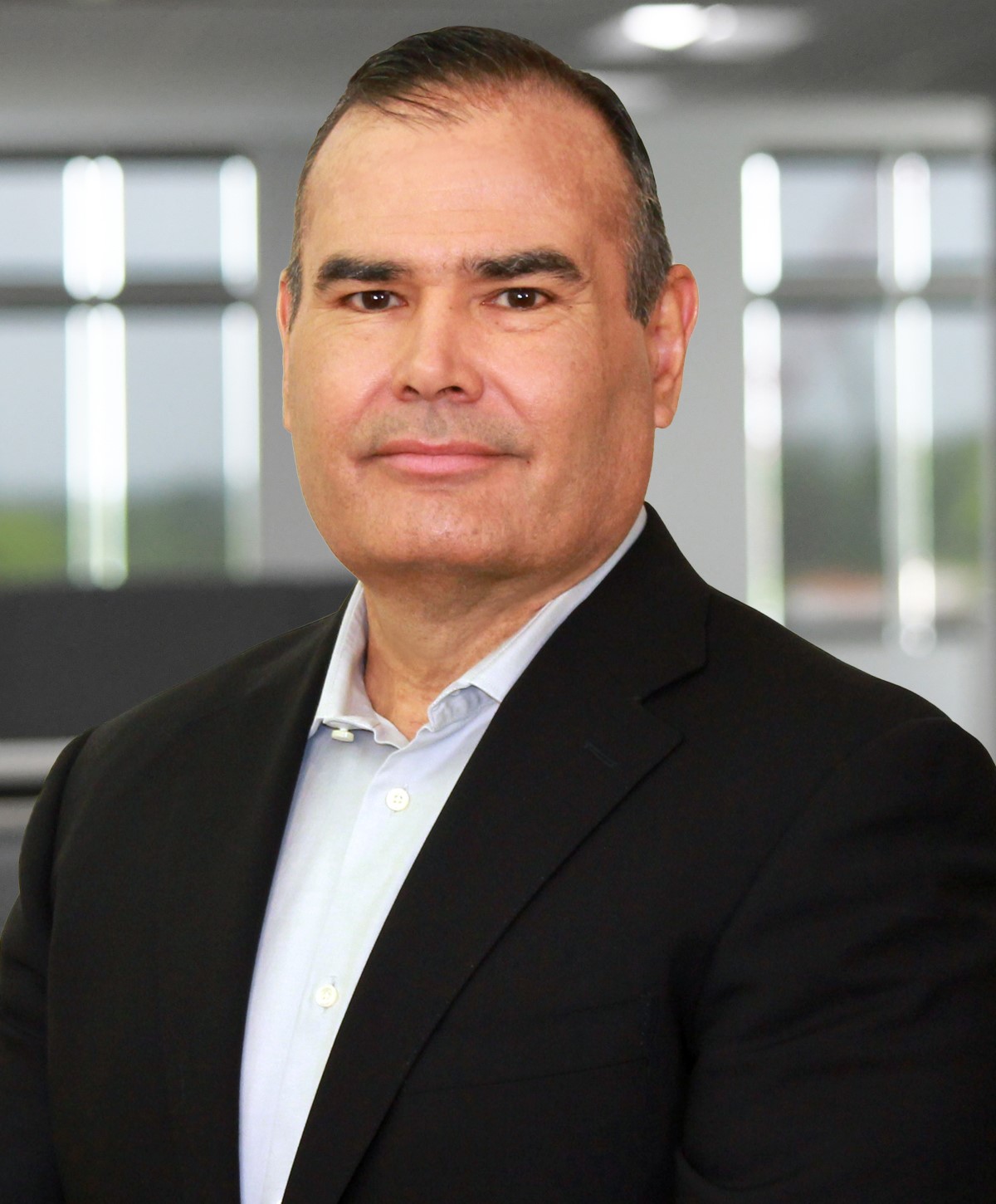Steel Products

Steel Needs Greater Diversity of Ideas
Written by Tim Triplett
October 22, 2017
Contributed by Justin Philipp, People Area Director, Pacesetter Steel
It’s no secret that the steel industry is antiquated. Many times, the processing equipment is older than the operator and the same mills have been opened, closed and renamed time and again. Not only is the steel industry plagued by “old” operations issues, the HR issues and ethical problems that persist could come right out of an early ’50s gangster film. In the past, social issues were largely swept under the rug and were only addressed when large-scale problems arose, but this generation is different. Millennials are uniquely sensitive not only to a company’s operational efficiencies, but also its personnel deficiencies. It’s not that these deficiencies are new — they are actually very old — it’s just that the steel industry has been slow to respond and adjust. Reacting to this, the steel industry has tried to make rapid corrections to long-term problems and is paying for it in turnover.
How many times has your organization passed on a candidate because of “cultural fit,” or promoted someone because of inside friendships, or even worse, familial relationships with upper management. These are common problems across all industries, but seem to pop up with special frequency in steel. The steel industry has a reputation for a very homogeneous candidate and success profile. Diversity, and I am not talking about skin color, gender or religious affiliation, but diversity of thought, is slow to be adopted and, in some circumstances, is quickly rejected. From a human resources standpoint, the industry lags because of this.
As an industry, we are very quick to complain and point fingers at the market, business conditions and competitive landscape. What we do not do, which is the most critical, is look internally. Fixing this starts with taking a good hard look at where you are now—and then being honest with yourself on where you want to be. Now, I want to be 20 pounds lighter and have six-pack abs, but I also know the work and time it would take to accomplish that and, realistically, I do not have the motivation and stamina. But what I can get done is focus on my eating and exercise habits, a change in simple behaviors, and see meaningful results. You need to address changes within your organization the same way. Expecting to change your culture overnight is not realistic, nor will you ever actually follow through. But what you can start with is setting small goals and objectives that will eventually turn the tide.
Where do we go from here? Let’s first acknowledge two facts: We have some issues as an industry that need to be addressed, now. And for better or worse, as an industry, we are all in this together.

Tim Triplett
Read more from Tim TriplettLatest in Steel Products

US CRC prices move ahead of imports
US cold-rolled (CR) coil prices moved higher again this week, while offshore prices were mixed.

SMU flat-rolled market survey results now available
SMU’s latest steel buyers market survey results are now available on our website to all premium members. After logging in at steelmarketupdate.com, visit the pricing and analysis tab and look under the “survey results” section for “latest survey results.” Past survey results are also available under that selection. If you need help accessing the survey results, or if […]

SMU scrap market survey results now available
SMU’s ferrous scrap market survey results are now available on our website to all premium members. After logging in at steelmarketupdate.com, visit the pricing and analysis tab and look under the “survey results” section for “ferrous scrap survey” results. Past flat-rolled survey results are also available under that selection. If you need help accessing the survey results, […]

Don’t miss next week’s Community Chat with Algoma Steel CEO Michael Garcia
Algoma Steel CEO Michael Garcia will be the featured guest on SMU’s Community Chat webinar on Wednesday, April 9, at 11 a.m. ET. Register here for free to join the timely conversation. As a key Canadian flat-rolled steel producer and supplier to the US, Algoma can offer valuable insight into the evolving tariff landscape — its challenges […]

AISI: US steel shipments decline in February
Domestic steel shipments decreased month over month and year on year in February, according to the latest data from the American Iron and Steel Institute (AISI).
